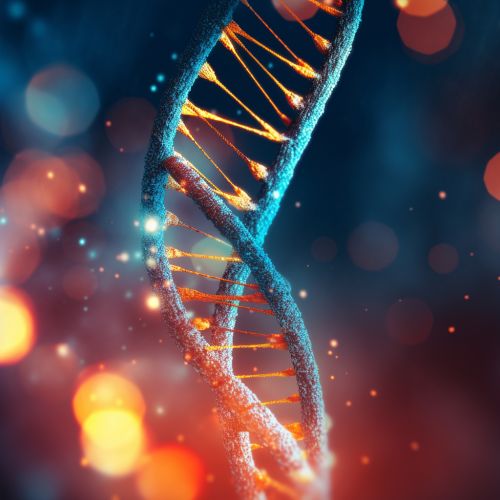The Role of Genetic Markers in Conservation Genetics
Introduction
Conservation genetics is an interdisciplinary science that aims to understand the dynamics and complexity of genetic phenomena that can aid in the conservation of species. One of the key tools in this field are genetic markers, which are specific sequences in the DNA that can be used to study genetic diversity, population structure, and evolutionary relationships. These markers are invaluable in providing insights into the genetic health of a species and can guide conservation efforts.


Genetic Markers: An Overview
Genetic markers, also known as genetic loci, are specific sequences of DNA that vary among individuals. They can be as small as a single nucleotide or as large as whole sections of chromosomes. Genetic markers are used in a variety of scientific fields, including genetics, genomics, and conservation biology. They are particularly useful in conservation genetics because they can provide information about the genetic diversity, population structure, and evolutionary history of a species.
Types of Genetic Markers
There are several types of genetic markers that are commonly used in conservation genetics. These include microsatellites, single nucleotide polymorphisms (SNPs), and mitochondrial DNA markers.
Microsatellites
Microsatellites, also known as short tandem repeats (STRs), are sequences of DNA that consist of a short motif repeated multiple times. They are highly polymorphic, meaning they vary greatly among individuals, making them ideal for studying genetic diversity and population structure.
Single Nucleotide Polymorphisms (SNPs)
SNPs are variations at a single nucleotide in a DNA sequence. They are the most common type of genetic variation in the genome, and can provide a high-resolution picture of genetic diversity and population structure.
Mitochondrial DNA Markers
Mitochondrial DNA (mtDNA) markers are sequences of DNA found in the mitochondria, the energy-producing organelles in cells. Because mtDNA is maternally inherited and does not recombine, it can provide information about the maternal lineage of a species.
Role of Genetic Markers in Conservation Genetics
Genetic markers play a crucial role in conservation genetics. They are used to assess genetic diversity, understand population structure, identify distinct evolutionary units, and infer historical demographic events.
Assessing Genetic Diversity
Genetic diversity is the total number of genetic characteristics in the genetic makeup of a species. It is important for the survival and adaptability of a species. Genetic markers can be used to measure genetic diversity by comparing the genetic makeup of different individuals within a population.
Understanding Population Structure
Population structure refers to the distribution of genetic diversity within and between populations. Genetic markers can be used to study population structure by comparing the genetic makeup of different populations. This can provide insights into the migration patterns, breeding behavior, and evolutionary history of a species.
Identifying Distinct Evolutionary Units
Genetic markers can be used to identify distinct evolutionary units, also known as Evolutionarily Significant Units (ESUs). ESUs are populations that have significant genetic differentiation from other populations. Identifying ESUs can help in prioritizing conservation efforts.
Inferring Historical Demographic Events
Genetic markers can also be used to infer historical demographic events, such as population bottlenecks, expansions, and migrations. This can provide insights into the historical factors that have shaped the current genetic diversity and population structure of a species.
Challenges and Limitations
While genetic markers are powerful tools in conservation genetics, they also have limitations. For example, they can only provide information about the genetic aspect of a species, and do not provide information about the ecological or behavioral aspects. In addition, the interpretation of genetic marker data can be complex and requires a deep understanding of population genetics and molecular evolution.
Conclusion
Genetic markers are a critical tool in conservation genetics, providing insights into the genetic diversity, population structure, and evolutionary history of a species. Despite their limitations, they have the potential to greatly enhance our understanding of biodiversity and guide conservation efforts.
